Is anyone using an epoxy to prime and seal their 3d sub (I am working on the Seawolf). If so what brand and where are you getting from. The salesman at Home Depot couldn't even wrap his head around a RC Sub let alone a 3D one
Thanks
Thanks






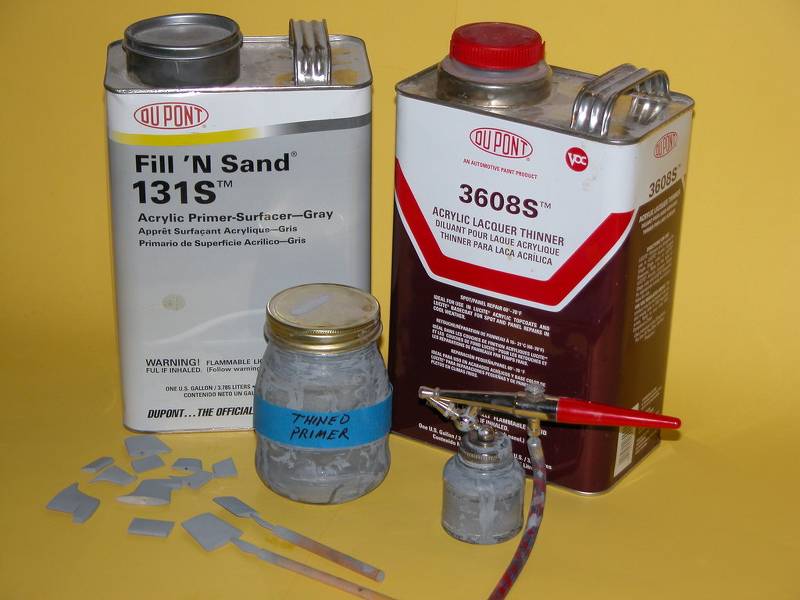
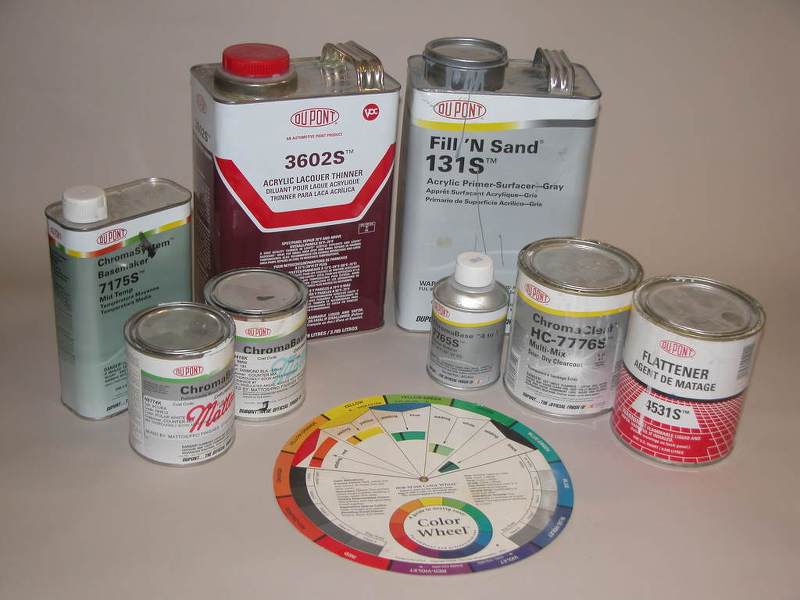

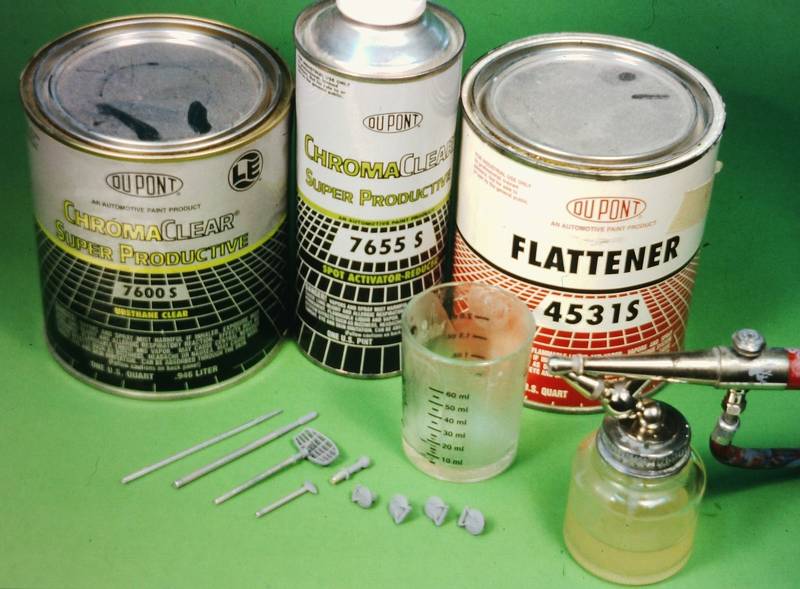
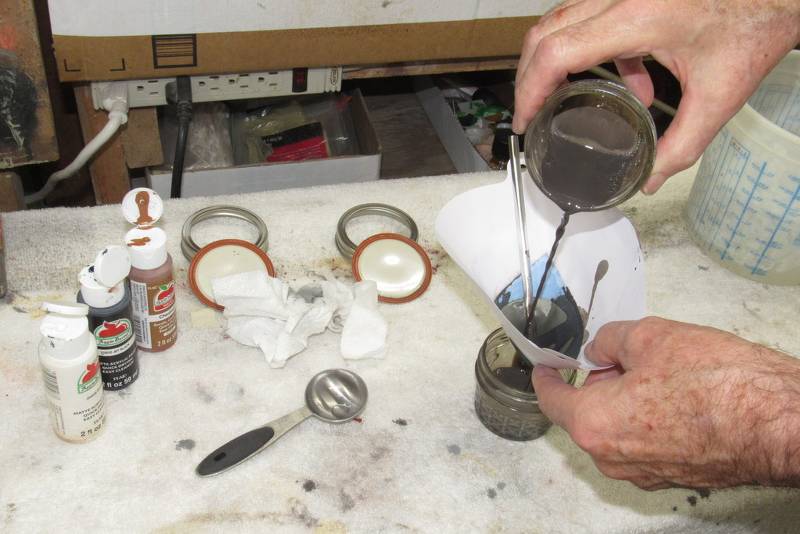
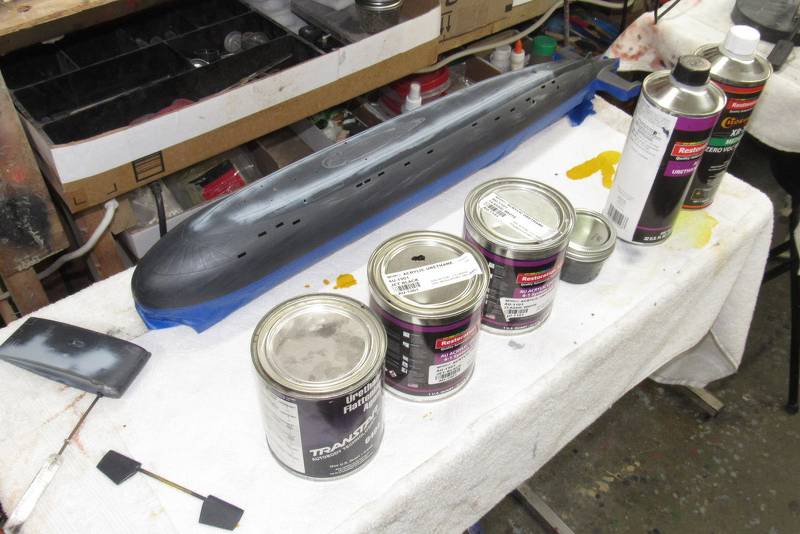

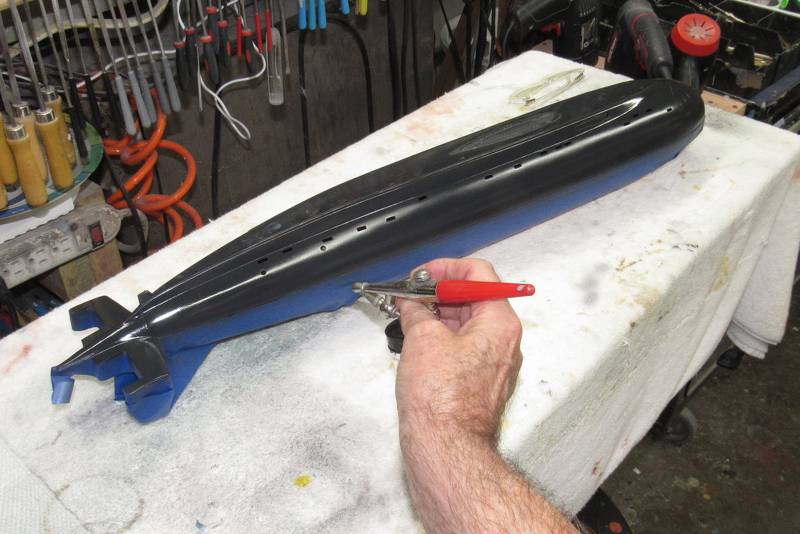


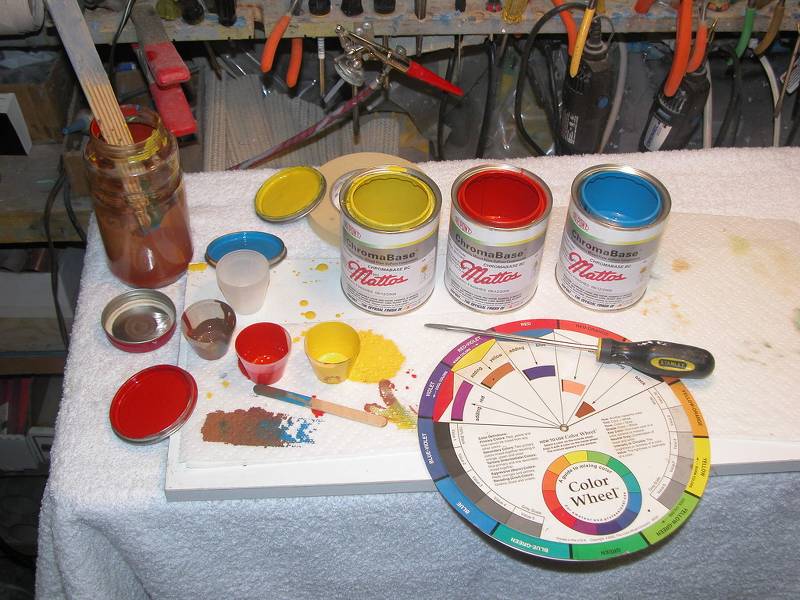



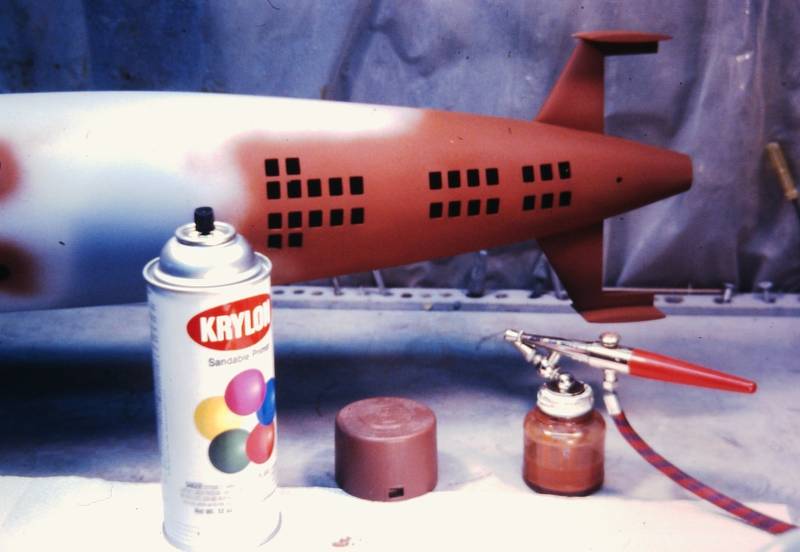

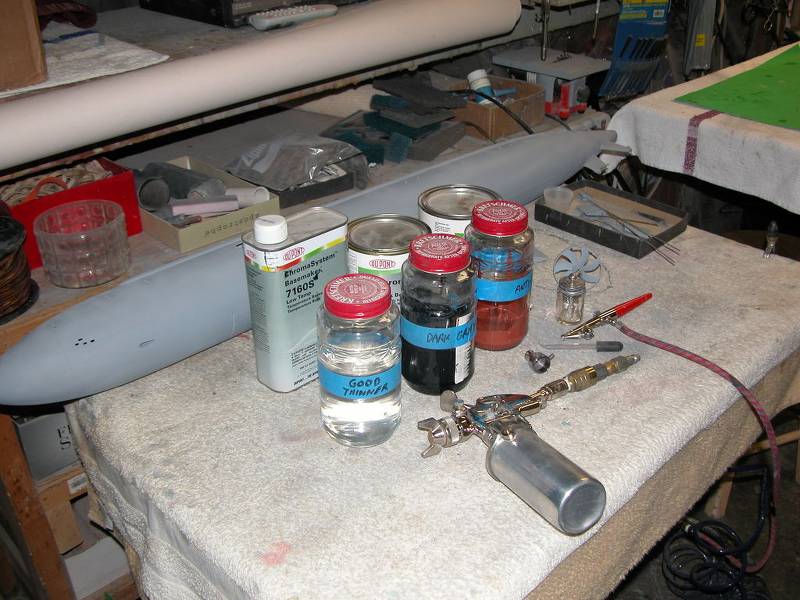

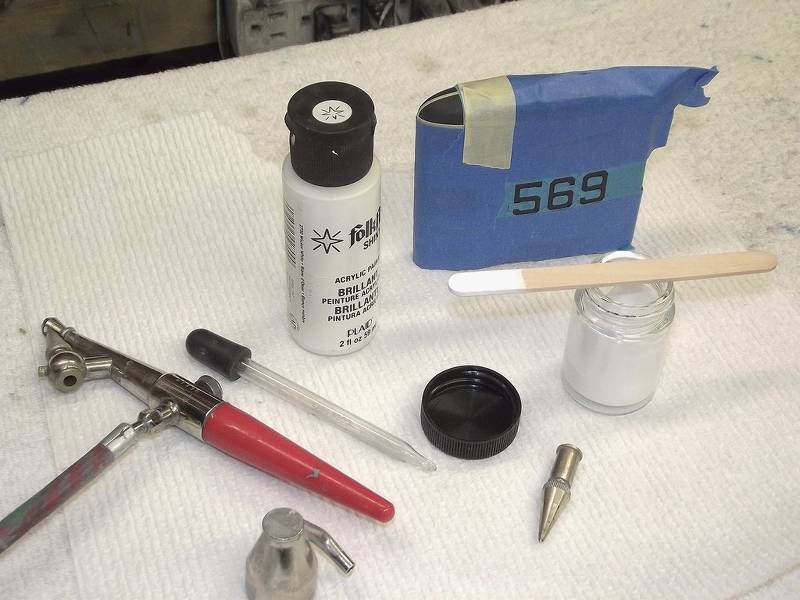



Comment